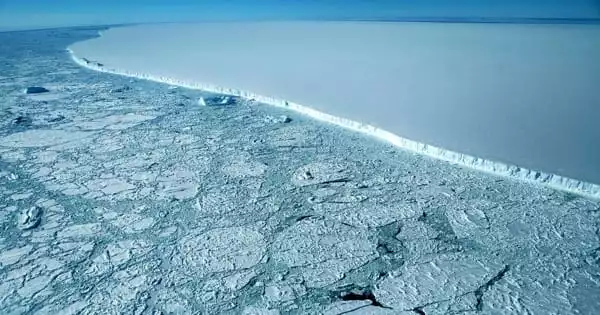What is air pollution?
Air pollution is described as a change in air quality that may be measured by chemical, biological, or physical contaminants in the atmosphere. As a result, air pollution refers to the undesired presence of contaminants or an abnormal increase in the quantity of certain atmospheric elements. It is divided into two categories: visible and invisible air pollution.
According to studies, microscopic air pollution generated mostly by the combustion of fossil fuels reduces life expectancy by more than two years worldwide.
According to a research by the University of Chicago’s Energy Policy Institute, if fine particulate matter levels across South Asia reached World Health Organization criteria, the typical individual would live five years longer.
The severe lung and heart illness caused by so-called PM2.5 pollution decreases life expectancy by eight years in the Indian states of Uttar Pradesh and Bihar, home to 300 million people, and by a decade in the capital city of New Delhi.
PM2.5 pollution, which has a diameter of 2.5 microns or less, or about the same as a human hair, penetrates the lungs and reaches the bloodstream.
It was listed as a cancer-causing substance by the United Nations in 2013.
According to the WHO, PM2.5 levels in the air should not exceed 15 micrograms per cubic meter in any 24-hour period, or 5 mcg/m3 on an annual basis.
The WHO strengthened these guidelines last year, the first time since adopting air quality advice in 2005, in response to accumulating evidence of negative health effects.
In the Air Quality Life Index study, lead researcher Crista Hasenkopf and colleagues stated, “Clean air pays back in additional years of life for individuals all over the world.”
“Reducing global air pollution to WHO recommendations permanently would add 2.2 years to average life expectancy.”

Major gains in China
Almost all inhabited regions in the globe surpass WHO limits, but none more so than Asia: Bangladesh exceeds them by 15-fold, India by 10-fold, and Nepal and Pakistan by nine-fold.
Pollution levels in Central and West Africa, as well as much of Southeast Asia and portions of Central America, are far higher than the world average, resulting in shorter lives.
Despite a dramatic slowdown in the world economy and a commensurate decline in CO2 emissions owing to COVID lockdowns, PM2.5 pollution in 2020, the most latest data available, remained practically constant from the year before.
“During the first year of the epidemic, pollution in South Asia actually increased,” the investigators reported.
China is one country that has made significant progress.
Between 2013 and 2020, PM2.5 pollution in the 1.4 billion-strong country reduced by about 40%, extending life expectancy by two years.
Despite this achievement, Chinese people’s lives are now cut short by 2.6 years on average.
Henan and Hebei in north-central China, as well as Shandong on the coast, are among the worst-affected provinces.
According to the paper, the impact of PM2.5 pollution is similar to smoking cigarettes, more than three times that of alcohol usage, and six times that of HIV/AIDS when compared to other causes of early mortality.




